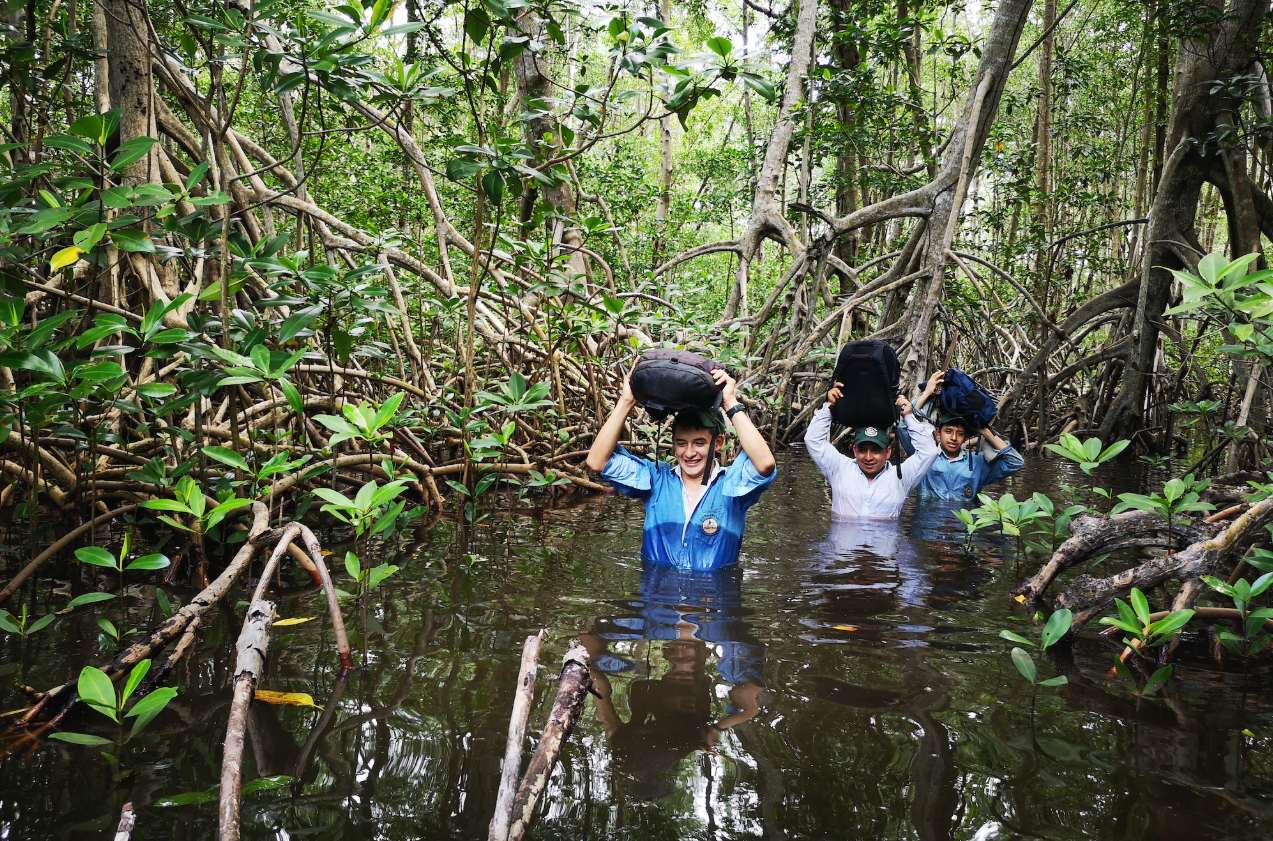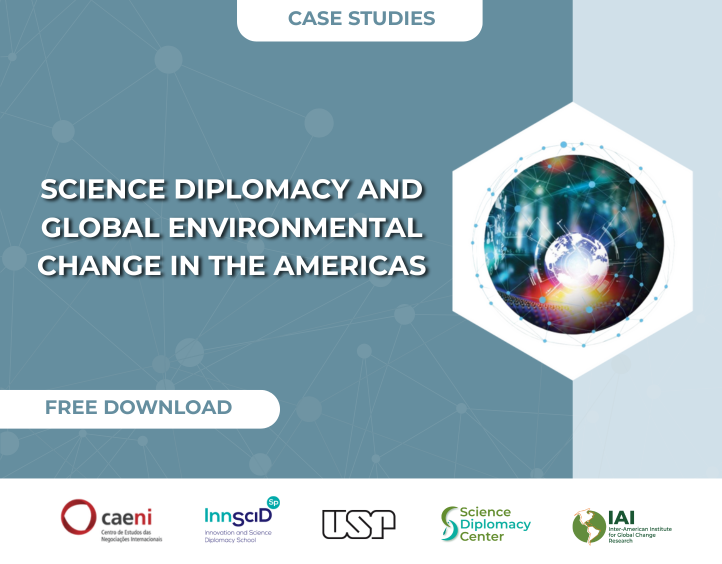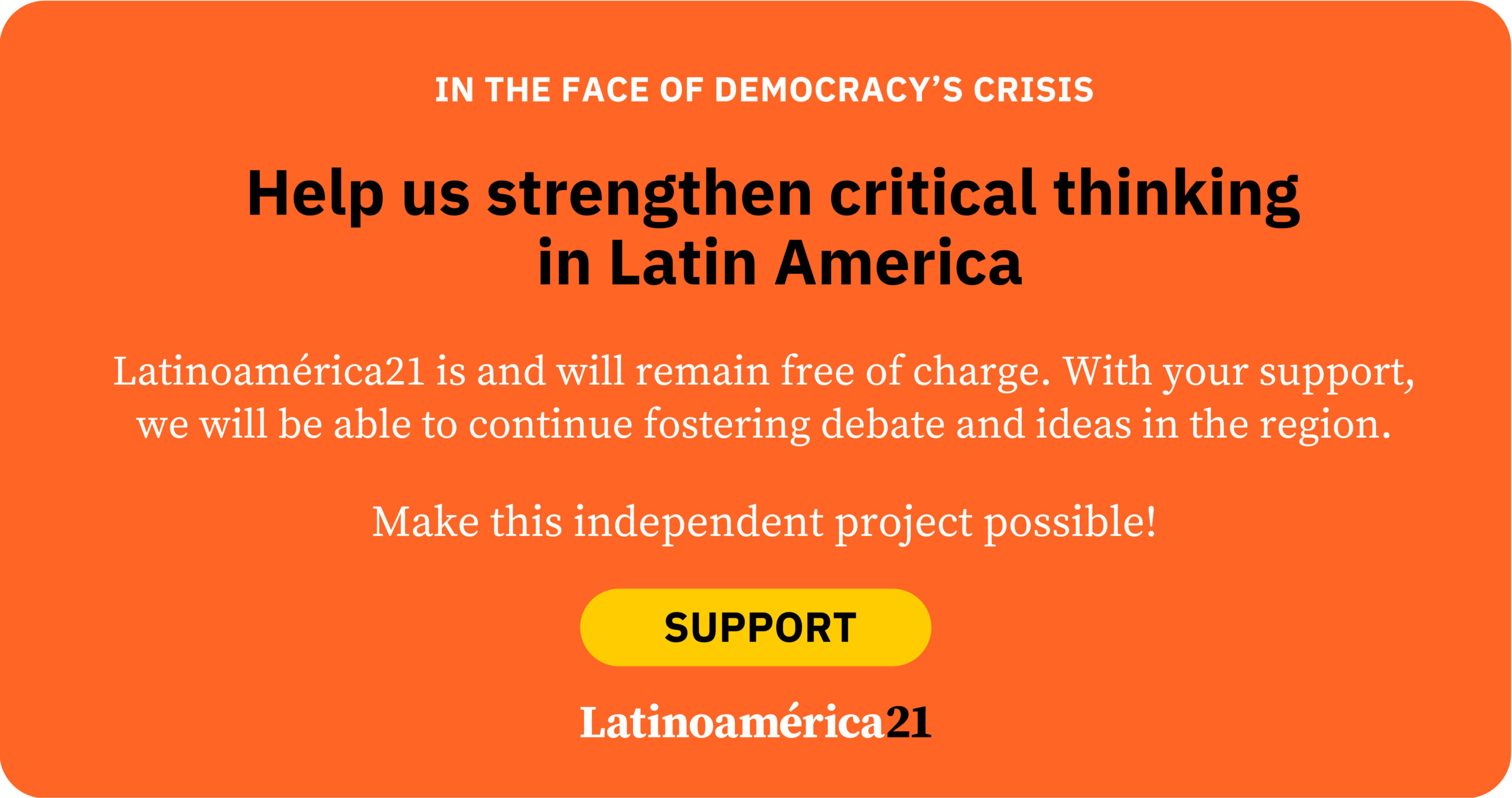Nationally Determined Contributions (NDCs), which are individual country commitments to reduce greenhouse gas emissions and adapt to the effects of climate change, represent the “beating heart” of the Paris Agreement. Parties are required to submit new NDCs every five years, with the third iteration of NDCs due by September 2025, ahead of the United Nations Framework Convention on Climate Change (UNFCCC) COP30 set to take place in Belém, Brazil in November. As stipulated in Article 4 of the Paris Agreement, a revised NDC should represent a progression beyond each country’s previous submission and “reflect its highest possible ambition.”
One often overlooked element of Parties’ NDC’s national mitigation and adaptation targets is the inclusion of mangrove forests and other blue carbon ecosystems, such as seagrasses and salt marshes. Mangrove forests, which cover just 0.1% of the world’s surface, are estimated to store 12 billion tons of carbon, and their destruction is linked to as much as 10% of global emissions coming from deforestation.
As things stand, the world is woefully off track to meet its Paris Agreement targets. The Emissions Gap Report finds that implementation of the last round of NDCs will only limit warming to between 2.5°C and 2.9°C, far short of the 1.5°C target.
With time running out, countries in the Latin American and Caribbean region—which together host over a quarter of the world’s mangrove forests, from Mexico’s Pacific coast to Brazil’s vast estuaries—must explore new and innovative ways to reduce their emissions as we collectively mobilize to enhance climate action. Putting the protection, conservation, and effective restoration of mangroves and other blue carbon ecosystems front and center of countries’ NDCs is critical to meeting the goals of the Paris Agreement.
As Global Ambassador to the Mangrove Breakthrough, an initiative to mobilize USD 4 billion to sustainably manage and increase mangrove cover, I am committed to leveraging strategic partnerships with governments, public and private financial institutions, NGOs, and philanthropies to collectively drive ambition. I believe the Mangrove Breakthrough can be a catalyzing force for nations looking to increase mitigation and adaptation efforts in their upcoming climate commitments.
A “largely untapped opportunity”
A 2023 analysis shows that 93 of the 142 countries that submitted both their preliminary and updated NDCs had included relevant coastal and marine Nature-based Solutions (NbS) in their revised commitments, a modest increase from the 68 that had included these in their preliminary NDCs. 61 countries used coastal and marine NbS for both mitigation and adaptation in their revised commitments, but only 33 countries have established quantitative targets for implementing coastal and marine NbS. Recognition of the climate benefits of these ecosystems has been lacking
To help countries incorporate blue carbon ecosystems in their NDCs, the Blue Carbon Initiative laid out guidelines for including coastal wetlands in NDCs. It noted five pillars that align with sections of the NDCs: Readiness assessment and options for including coastal wetlands in NDCs, adaptation of Blue Carbon in the adaptation component of an NDC, mitigation through Blue Carbon and mitigation targets, greenhouse gas (GHG) reporting and inventories for Blue Carbon
Implementation, and delivering on Blue Carbon NDCs.
As the Global Mangrove Watch put it in its policy brief on Integrating Mangrove Ecosystems into NDCs with the Global Mangrove Watch, blue carbon ecosystems represent a “largely untapped opportunity to enhance ambition and action” for national climate commitments.
Building upon these excellent resources, the Mangrove Breakthrough NDC Task Force developed a series of practical policy resources that provide technical guidance to countries seeking to recognize the climate adaptation and mitigation benefits of mangroves within their NDCs. These comprehensive resources encompass reasons for governments to include mangroves in their NDCs, examples of how mangroves have been incorporated in past NDCs, template language for including mangroves in NDCs, and the case for recognizing mangroves under the Global Goal on Adaptation.
Learning from Colombia’s example
During my time as Colombia’s Minister of the Environment, my country submitted its revised NDC calling for a 51% reduction in emissions by 2030. The document remains one of the most ambitious climate pledges to date.
In Colombia’s most updated NDC, we did not shy away from recognizing the full potential of mangrove forests and blue carbon ecosystems. Mangrove conservation and restoration was addressed in sections dedicated to Colombia’s adaptation targets, capacity building and strengthening, and technology development and transfer.
The revised NDC calls for six climate change adaptation and risk management initiatives for the sustainable use of mangroves to be implemented by 2030. We prioritized the design, implementation, and monitoring of restoration actions for deforested and degraded mangroves on the Colombian coast in the NDC’s section on support needs for capacity building and strengthening. What’s more, we pushed to create a monitoring and evaluation subsystem for climate change adaptation initiatives, with a particular emphasis on mangroves and seagrass beds.
Colombia is far from the only country to lead on this issue. A recent Insight Brief by The Pew Charitable Trusts and the NDC Partnership Support Unit lauded Costa Rica, the Seychelles, and Belize for their specific and ambitious commitments to protecting coastal wetlands.
Panama’s second NDC, submitted last year, sets a target to restore or expand mangrove coverage by 1,800 hectares nationwide by 2028. Contingent on securing adequate external financial support, the country aims to bring 50% of its mangroves under the National System of Protected Areas within the same timeframe. In addition, Panama plans to assess and strengthen national mangrove management by 2027 and to update its National Wetland Inventory by 2030.
In its revised 2020 submission, Costa Rica pledged to prioritize the management and effective monitoring of coastal wetland areas and committed to the restoration of 80% of mangrove areas within the Gulf of Nicoya by 2030. Last year, the country released its National Blue Carbon Strategy, providing a path for implementing its 2020 commitments.Seychelles also offers specific mangrove targets in its NDC, “pledging to protect at least 50% of its seagrass and mangrove ecosystems by 2025 and 100% by 2030, with external support.” Similarly, Belize lays out tangible targets for mangrove protection, committing to the restoration of at least 2,000 hectares of mangroves by 2025 and an additional 2,000 by 2030.













